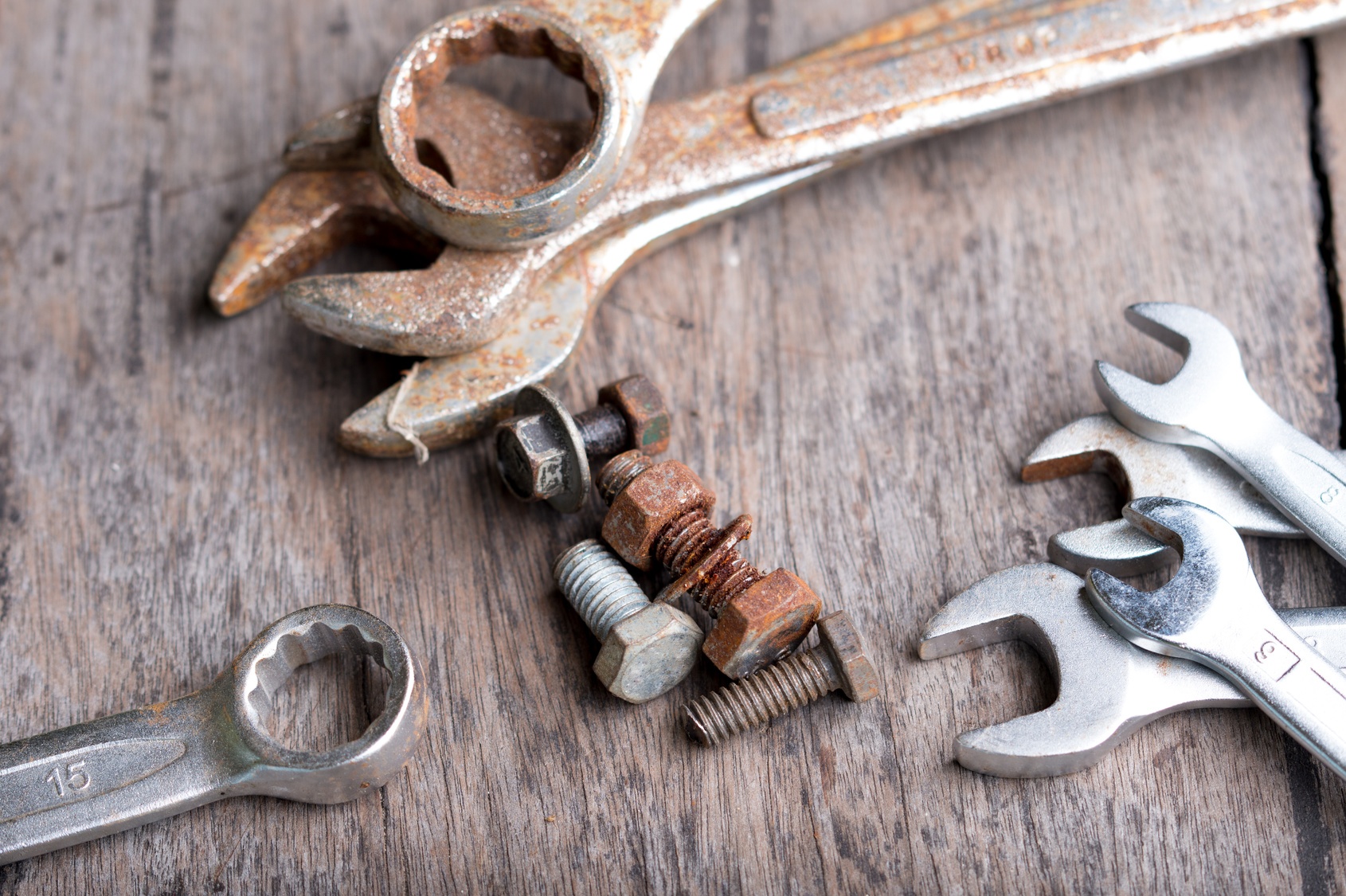Machines break. At some point, your copier or printer or computer or iPad or iPhone or, you get the point, will stop working either because something inside of the equipment broke or the software goes haywire. Broken copiers mean lost productivity.
Don’t take a bat to your printer or copier. We’ll fix it – and do our best to keep it from breaking again.
Here’s what you can expect after you give us a call to fix your equipment.
We will return your call within 2 hours (usually faster) to gather information from you and better understand what the problem is. Sometimes, we can give you the knowledge you need to fix the issue yourself over the phone. If not, we’ll give an ETA for when we’ll be there. We try not to give a day-long window like the cable company often does, but you understand how the Beltway can be! As our technicians finish current service calls, we will follow up closer to time with a more accurate ETA.
Because we’ve spent time listening to you and gathering information on your specific model from our records, we’ll walk into your office with a good idea of what the problem is, but we’ll ask for your help to get started.
Demonstrate the Problem
We’ll ask you to demonstrate the problem you’re having with the piece of equipment. We’ll also ask you for any examples of the problem and if you have any other problems that we can short-circuit for you while we’re there.
Evaluate and Test
Before fixing the problem, we inspect the equipment:
- Run 10 copies through each feed port – including the bypass, duplexer, finisher, and document feeder.
- If the machine is networked, we’ll have you print to it.
- Check the firmware version, and download new version if available.
- Back up the equipment settings – address book, shortcuts, etc. – when updating firmware and/or replacing a hard drive.
- Check service call history
- Check for additional needed mod kits or bulletins.
- Ensure the equipment has a power filter. A power filter is essentially a surge protector that is the first line of defense to prevent damage to your equipment. We require our maintenance customers to have a power filter because is protects your equipment – and reduces the need for onsite maintenance.
Get to Work
Now we get into both solving the problem and preventing future problems.
- Remove the paper cassettes, all feed assemblies, developer tank, drum, cleaning unit, transfer and separation assemblies, and fuser.
- Clean the blank lamps and laser slit glass, vacuum and wipe down the entire cavity
- Clean the registration and alignment rollers with rubber cleaner.
- Clean all feed rollers with rubber cleaner or Formula K (what we like to call blue juice)
- Clean duplex and bridge rollers with rubber cleaner [NEVER clean a roller with alcohol. If you try to clean yourself, only use slightly soapy water and a moist rag]
- Inspect the fuser
- Clean the entrance guide plate and pick-off finger with rubber cleaner
- Check all gears for signs of wear, chips, and cracks
- Inspect paper guides for wear marks
- Vacuum the cleaning unit and exterior of the developer unit
- Vacuum toner recycling/disposal auger
- Inspect gears for wear
- Inspect corona wires with an eraser – making sure that all build-up and oxidation is removed
- Clean corona housing with glass cleaner
- Inspect end blocks for signs of arcing
- Wipe corona wires and housing with a clean towel and alcohol
- Install drum, cleaning unit, developer tank, and feed assemblies
- Clean document feeder rollers with Rubber Cleaner or Formula K (blue juice, again!) and check for wear. Brush off all paper dust in and around the document feeder.
- Wipe down the entire copier with a yellow dusting towel
- Clean all exterior panels (including the stand) with Formula K
- Wipe down and clean all cassettes and re-install
- Update firmware
- Clear jam and service logs
- Test the copier
- Run 10 copiers through each paper cassette, duplexer, document feeder, and finisher.
- We’ll have you ensure that printing, scanning, and faxing operations are working as normal.
- If the problem was jamming, we’ll print at least 100 copies through each port to ensure the problem has been fixed.
Before We Leave
Of course, we’ll let you know what we did and let you know if there’s anything you need to know – upcoming service needs, parts replacement, etc.
- You need to test the machine. We want to make sure that you’re comfortable with the repair and machine performance before we leave.
- We’ll double-check that you have all the supplies you need (toner, waste toner collection bottles, staples, etc.)
There you have it; exactly what we’ll do to fix and protect your copier or other office equipment from future problems. We look forward to serving you.


